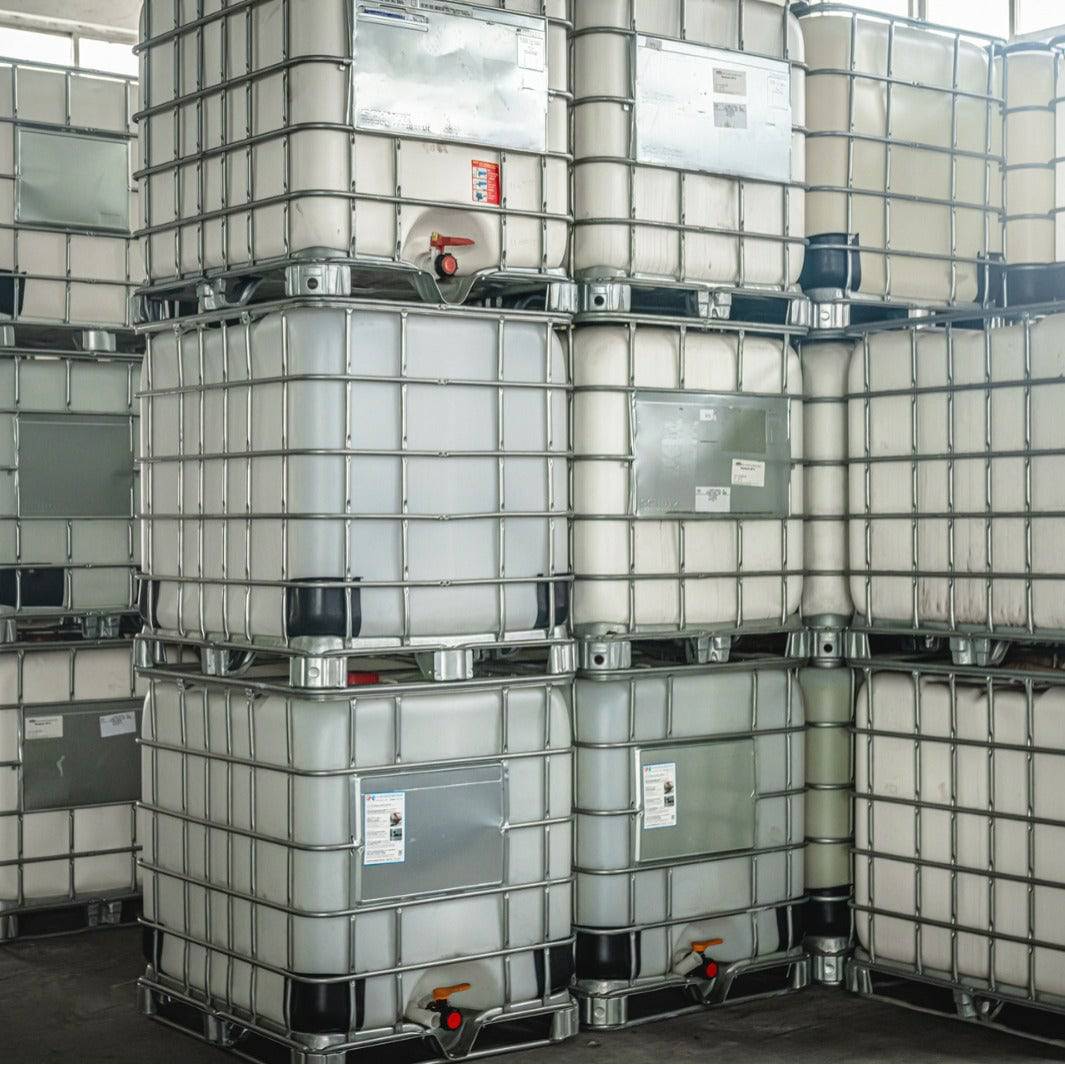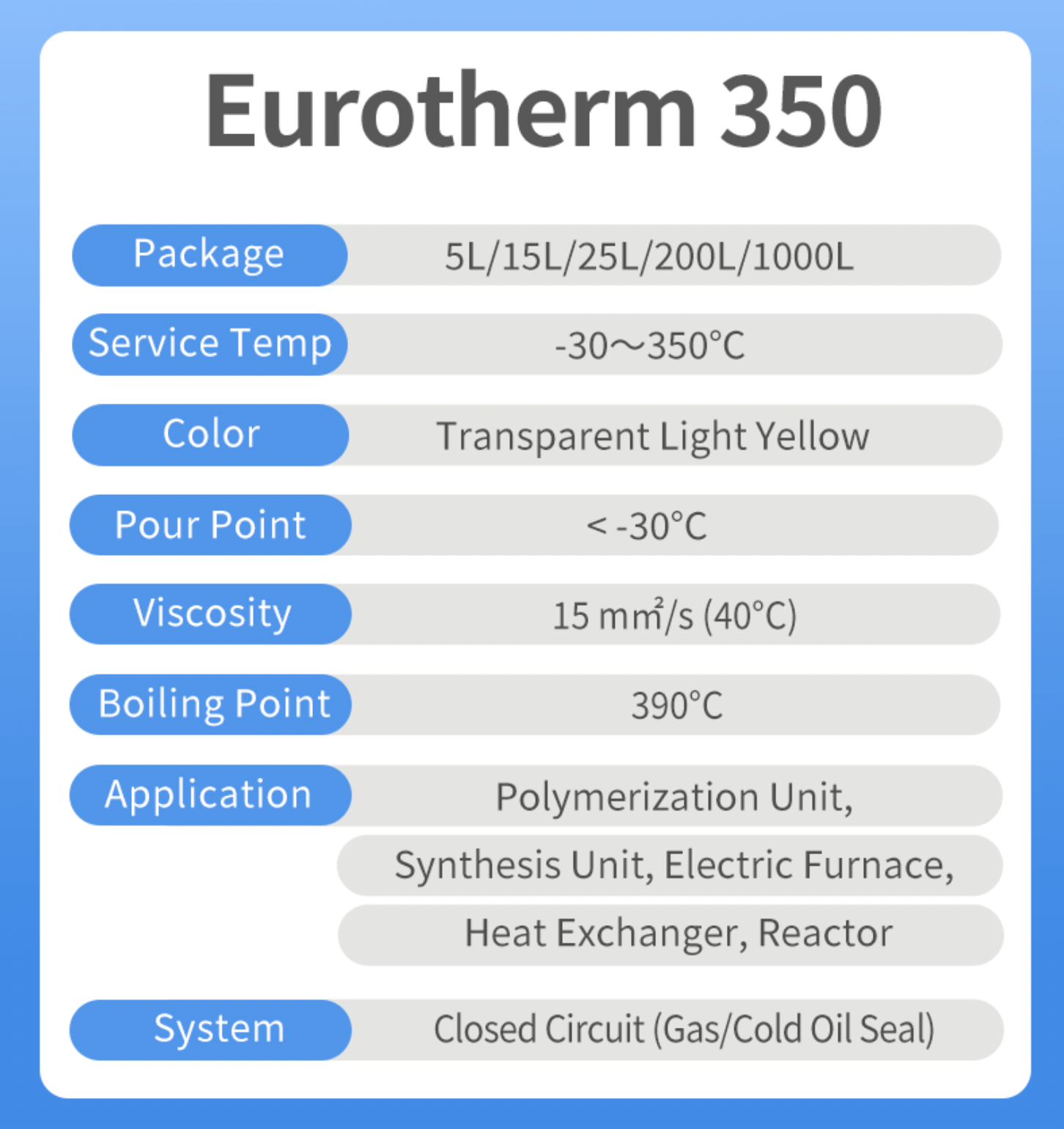Things about Chemie
Table of ContentsWhat Does Chemie Do?Fascination About ChemieChemie Can Be Fun For AnyoneThe Buzz on ChemieThe Chemie PDFsThe smart Trick of Chemie That Nobody is Talking About
By Bojanna Shantheyanda, Sreya Dutta, Kevin Coscia and David SchiemerDynalene, Inc. Fluid air conditioning, which can be attained using indirect or straight methods, is made use of in electronic devices applications having thermal power densities that may go beyond safe dissipation with air cooling. Indirect liquid air conditioning is where warm dissipating electronic elements are literally separated from the liquid coolant, whereas in instance of straight air conditioning, the parts remain in direct contact with the coolant.In indirect air conditioning applications the electric conductivity can be important if there are leakages and/or spillage of the fluids onto the electronic devices. In the indirect air conditioning applications where water based fluids with rust preventions are typically used, the electric conductivity of the fluid coolant mostly depends upon the ion concentration in the liquid stream.
The increase in the ion concentration in a shut loop fluid stream might occur as a result of ion leaching from metals and nonmetal components that the coolant liquid is in call with. Throughout procedure, the electrical conductivity of the fluid may boost to a degree which might be hazardous for the air conditioning system.
Chemie for Dummies
(https://padlet.com/betteanderson/my-brilliant-padlet-dfjgc0w20iwe1uo9)They are grain like polymers that are qualified of exchanging ions with ions in a solution that it touches with. In today work, ion leaching examinations were executed with different steels and polymers in both ultrapure deionized (DI) water, i.e. water which is treated to the greatest degrees of pureness, and reduced electric conductive ethylene glycol/water blend, with the gauged modification in conductivity reported in time.
The examples were allowed to equilibrate at space temperature level for 2 days before videotaping the initial electrical conductivity. In all examinations reported in this research study fluid electrical conductivity was determined to an accuracy of 1% using an Oakton disadvantage 510/CON 6 collection meter which was calibrated before each measurement.
A Biased View of Chemie
from the wall surface heating coils to the facility of the furnace. The PTFE sample containers were placed in the heater when steady state temperature levels were gotten to. The test setup was gotten rid of from the heating system every 168 hours (seven days), cooled to room temperature level with the electric conductivity of the fluid measured.
The electric conductivity of the fluid example was kept an eye on for a total of 5000 hours (208 days). Figure 2. Schematic of the indirect shut loophole cooling down experiment set-up - immersion cooling liquid. Table 1. Parts made use of in the indirect closed loop cooling down experiment that touch with the fluid coolant. A schematic of the speculative setup is received Figure 2.

Some Of Chemie
The adjustment in liquid electric conductivity was monitored for 136 hours. The liquid from the system was accumulated and saved.

0.1 g of Dowex material was contributed to 100g of fluid samples that was taken in a different container. The mixture was mixed and transform in the electrical conductivity at space temperature level was gauged every hour. The determined modification in the electric conductivity of the UP-H2O and EG-LC examination fluids having polymer or steel when immersed for 5,000 hours at 80C is revealed Figure 3.
The Definitive Guide to Chemie
Ion leaching experiment: Measured adjustment in electric conductivity of water and EG-LC coolants consisting of either polymer or steel examples when immersed for 5,000 hours at 80C. The results indicate that metals added less ions right into the fluids than plastics in both UP-H2O and EG-LC based coolants.
Fluids containing polypropylene and HDPE showed the lowest electric conductivity adjustments. This might be as a result of the brief, stiff, straight chains which are much less likely to contribute ions than longer branched chains with weak intermolecular pressures. Silicone also performed well in both test liquids, as polysiloxanes are generally chemically inert as a result of the high bond power of the silicon-oxygen bond which would certainly stop degradation of the product right into the fluid.
Things about Chemie
It would certainly be expected that PVC would certainly produce similar outcomes to those of PTFE and HDPE based on the similar chemical frameworks of the products, nevertheless there might be other pollutants existing in the PVC, such as plasticizers, that may impact the electrical conductivity of the fluid - heat transfer fluid. Furthermore, chloride teams in PVC can additionally leach right into the test liquid and can cause an increase in electrical conductivity
Polyurethane totally disintegrated into the examination fluid by the end of 5000 hour test. Prior to and after photos of metal and polymer examples submersed for 5,000 hours at 80C in the ion seeping experiment.
Measured modification in the electric conductivity of UP-H2O coolant as a feature of time with and without resin cartridge in the shut indirect air conditioning loop experiment. The gauged modification in electrical conductivity of the UP-H2O for 136 hours with and without ion exchange material in the loophole is displayed in Figure 5.